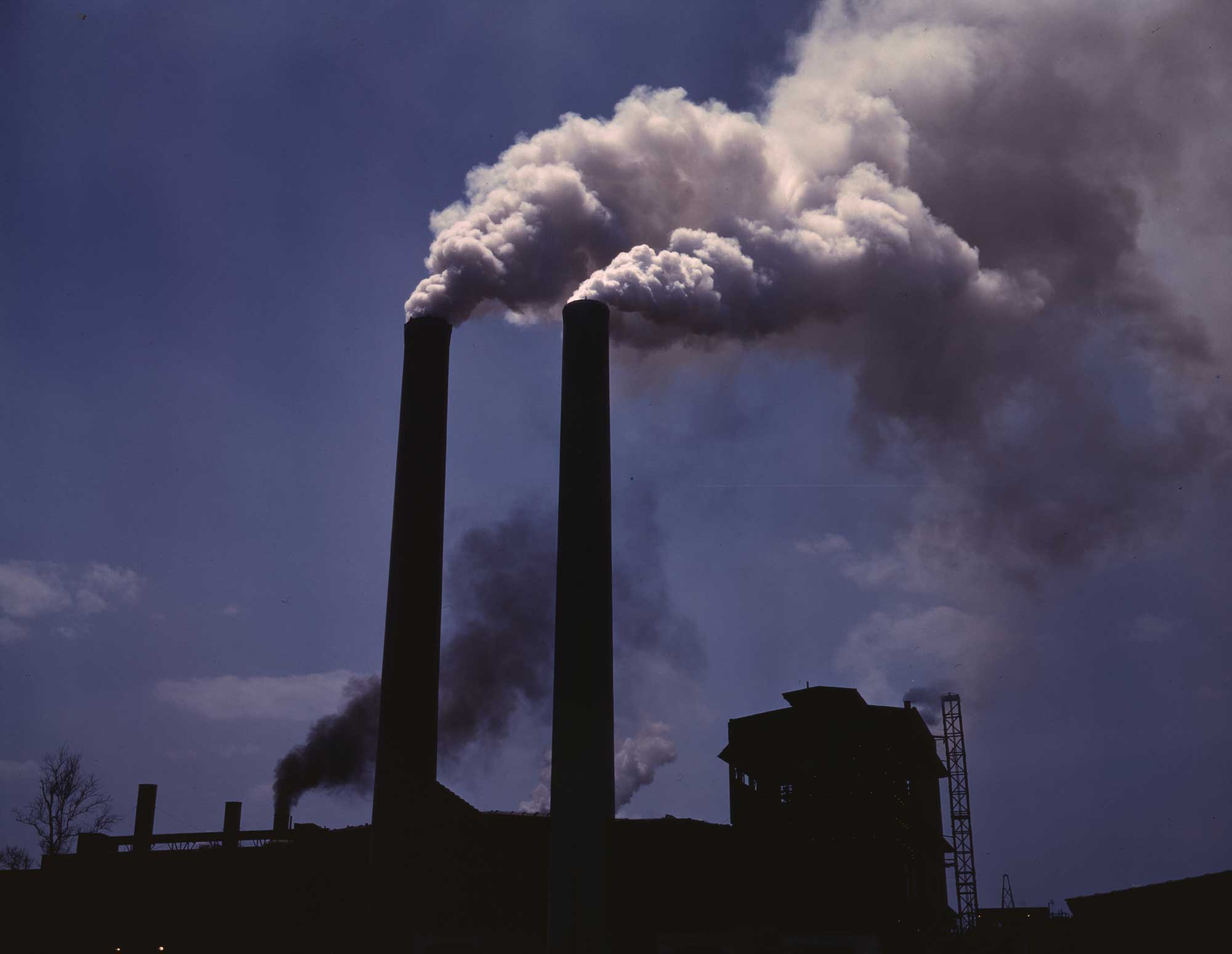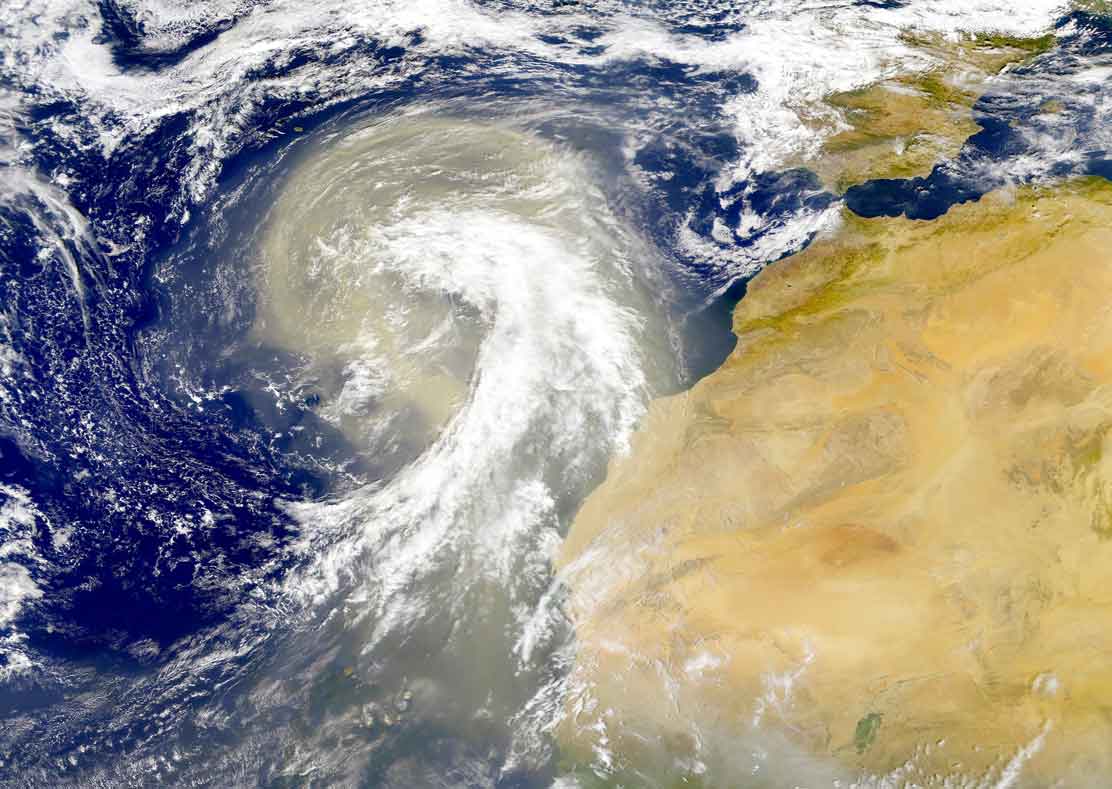Atmospheric Composition and Air Quality
GFDL scientists aim to advance our understanding of earth’s past, present, and future atmospheric composition and climate. We develop sophisticated computer models representing the emissions, transport, chemical transformations, and sinks of trace gases and aerosols throughout the troposphere and stratosphere. Concentrations simulated by these models are evaluated using in situ and remote sensing observations. We attempt to advance the understanding of the impacts of atmospheric trace gases and aerosols on climate, surface air quality, ecosystems, and UV radiation fluxes.

Air Quality
The air we breathe contains a variety of pollutants. These gaseous and aerosol (particle) pollutants, resulting from fuel combustion and other anthropogenic activities, may be harmful to public health, vegetation, and the environment. Air pollution can also reduce visibility and influence climate. The lifetimes of air pollutants in the troposphere range from minutes to hours at the surface, and days to weeks in the free troposphere. Therefore, pollutant concentrations measured at a surface site are affected by natural as well as human-induced emissions on the local, regional, and hemispheric scale.
Long-range Transport

The lifetime of air pollutants in the troposphere ranges from minutes to hours at the surface, and days to weeks in the free troposphere. Therefore, natural as well as human-induced emissions can influence atmospheric composition on local, regional, and even hemispheric scales. Weather events that influence chemical formation and transport pathways can vary according to climate variability and change. “Good” ozone from the stratosphere can be transported down into the troposphere, even raising “bad” ozone levels in surface air.

Radiative Forcings
Atmospheric radiative transfer is the science of understanding how electromagnetic radiation emitted by both the Sun and Earth interacts with the gases, clouds and particles making up our atmosphere. The changes in energy due to these interactions are responsible for many variations in temperature and weather that we experience in everyday life. For example, cloudy nights are normally warmer than clear nights because of radiative transfer processes, with the nighttime clouds reducing the energy lost to space by the surface of the planet.
Tropospheric Chemistry and Aerosols

Tropospheric chemistry plays a critical role in perturbing the climate by controlling the abundance and distribution of a number of short-lived air pollutants, including methane, tropospheric ozone, and aerosols. The spatial and temporal distribution of these air pollutants, relevant for surface air quality, depends on direct emissions from natural sources and anthropogenic activities, chemical processes, atmospheric long-range transport, and climate variables such as temperature and humidity.
Stratospheric Chemistry and Dynamics
Chemistry and transport interact to determine the abundance and distribution of stratospheric water vapor and ozone – key trace constituents that influence the radiative and dynamical processes in the stratosphere. Stratospheric ozone is of particular importance as it absorbs harmful ultraviolet radiation before it reaches the Earth’s surface. The stratosphere and troposphere are a coupled system, so any changes in dynamical, chemical, and radiative processes in the stratosphere can influence tropospheric composition and climate. Tropospheric perturbations, in turn, induce changes in stratospheric composition and circulation which affect weather and climate in the troposphere.


